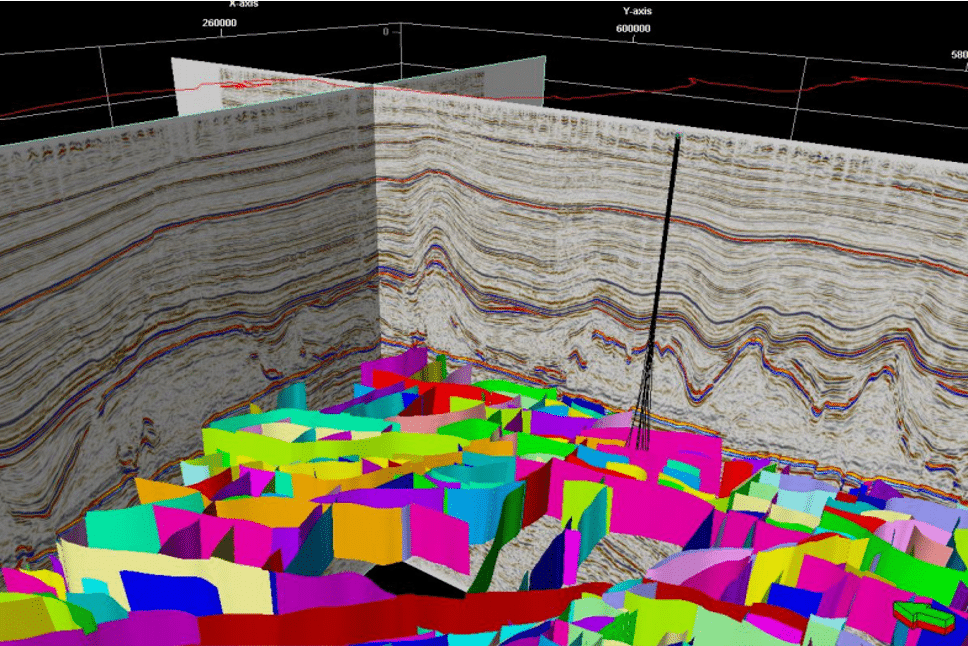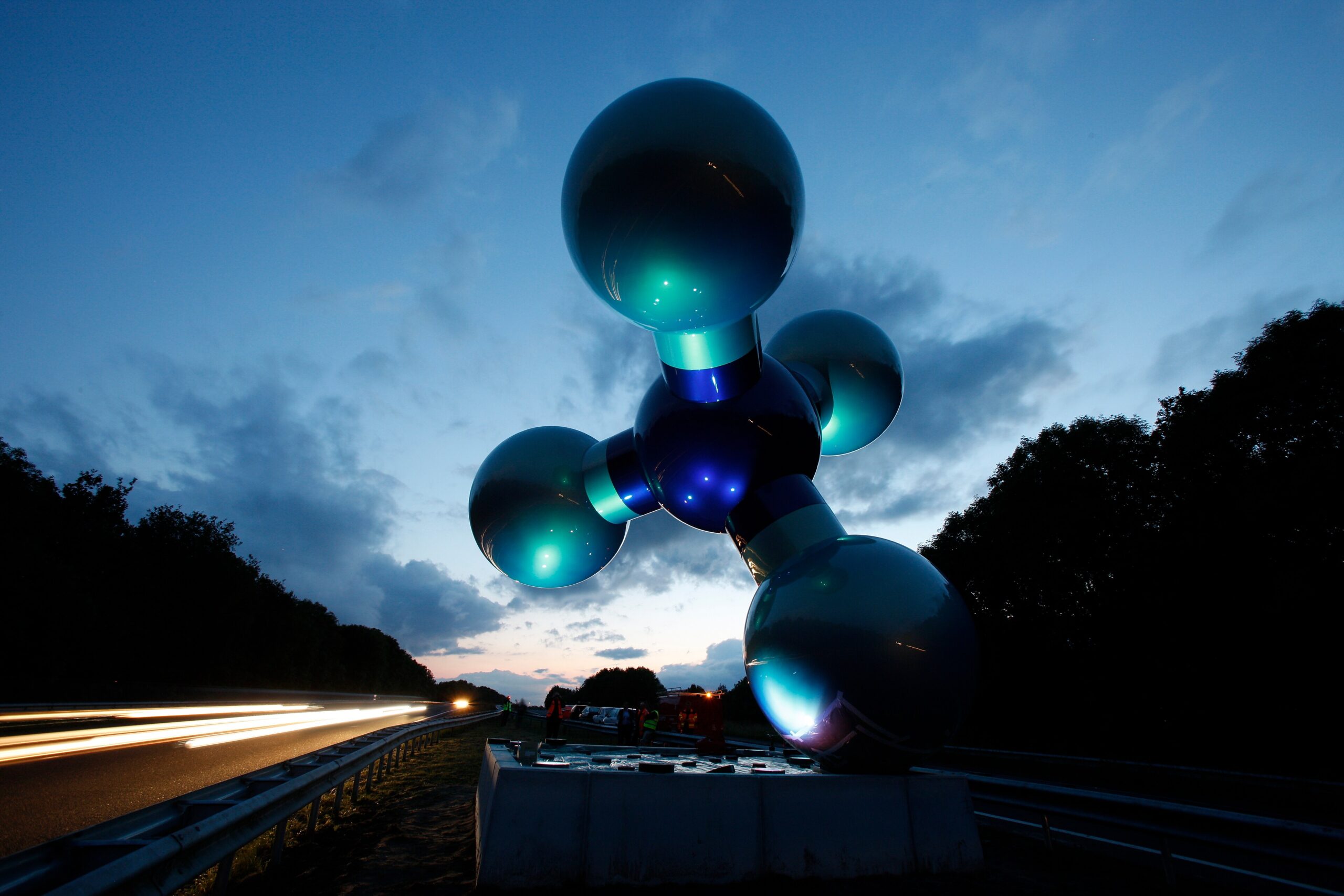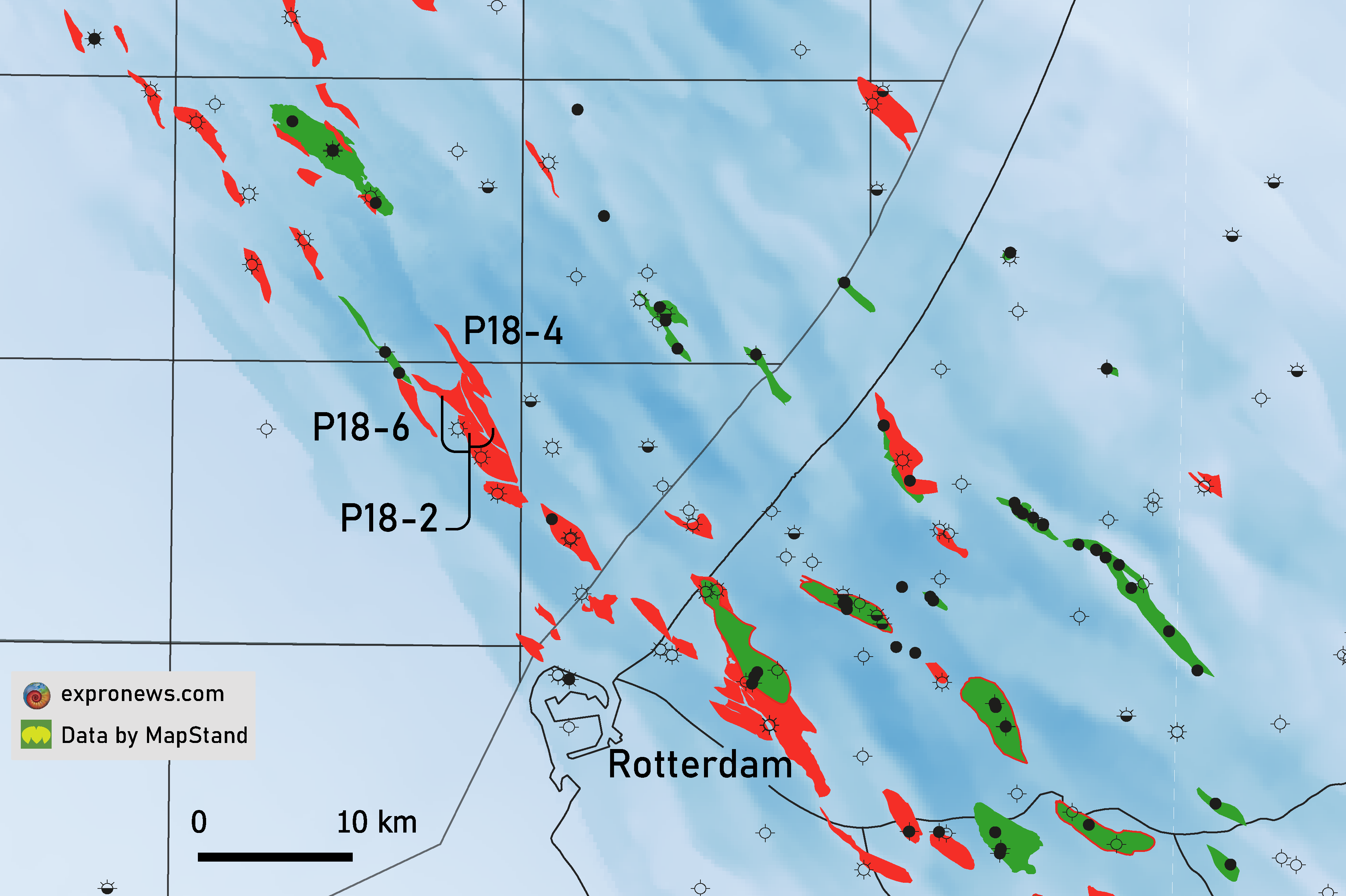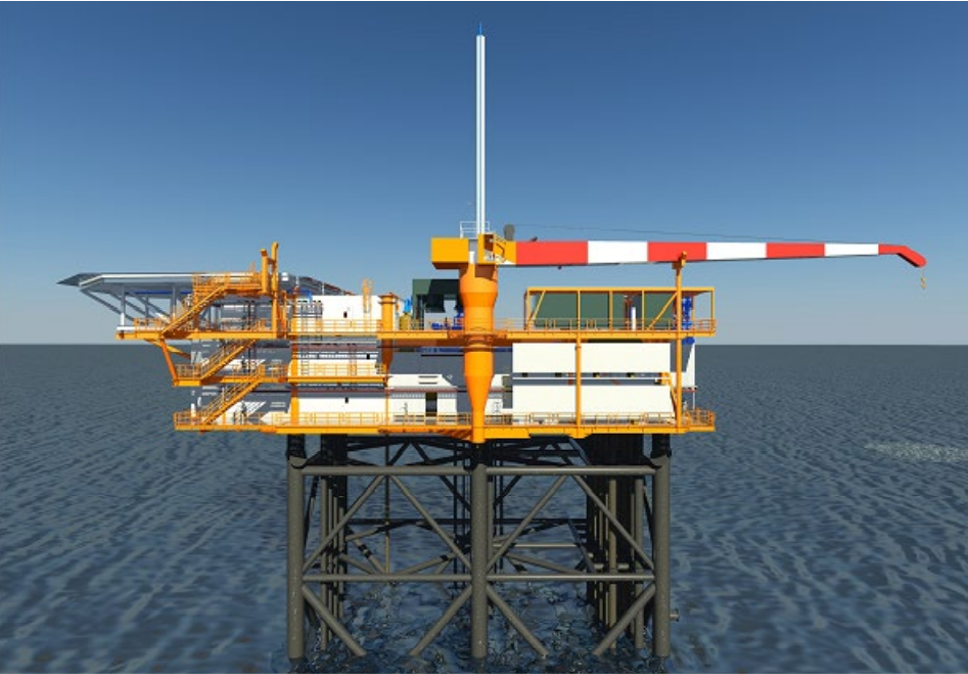Releasing field data is not a new thing, as Equinor demonstrated through making available the Volve dataset a few years ago.
However, having the ability to now download the static model of the giant Groningen field is quite a game changer, as this giant field is not only impressive in terms of size (~2,800 BCM), it also is a very important discovery because it triggered a wave of exploration for Rotliegend gas in the 1960’s.
Numerous studies performed
The Groningen field is also of particular interest given the numerous studies performed on induced seismicity and subsidence as a result of gas production, which makes it one of the best-studied fields in the world. Many open source publications can be found here related both to the geology of the field as well as research on seismicity.
The model has been provided by courtesy of the field operator NAM, and is distributed by EPOS-NL: the Dutch research infrastructure for solid Earth sciences. The model is openly available as a Petrel 2018 version and can be accessed through this link. Users are kindly requested to indicate use by e-mailing to info@epos-nl.nl. Technical or access questions can also be referred to this mail address.
In addition to a Petrel 2018 version, the model can also be downloaded in rescue and eclipse formats, which can in turn be imported into several other modelling software packages.
Static model specs
The model contains a total number of 371 wells with more than 6000 digital well logs and well tops of 12 Rotliegend intra-reservoir zones. There is a pre-stack depth-migrated bricked seismic cube covering the field and more than 600 faults have been included.

The static model includes reservoir properties such as nett/gross, porosity, water saturation, Vshale, temperature and permeability.
Built over many years by a group of very experienced geologists and geophysicists from NAM, the static model can now help geoscientists to develop stratigraphic and structural understanding of the Groningen gas reservoir, allowing to move seamlessly from 2D maps to 3D models and so to provide accuracy throughout the exploration, development, and (post-)production stages.
For a concise overview of the history and development of the static model, please see this publication.
HENK KOMBRINK





